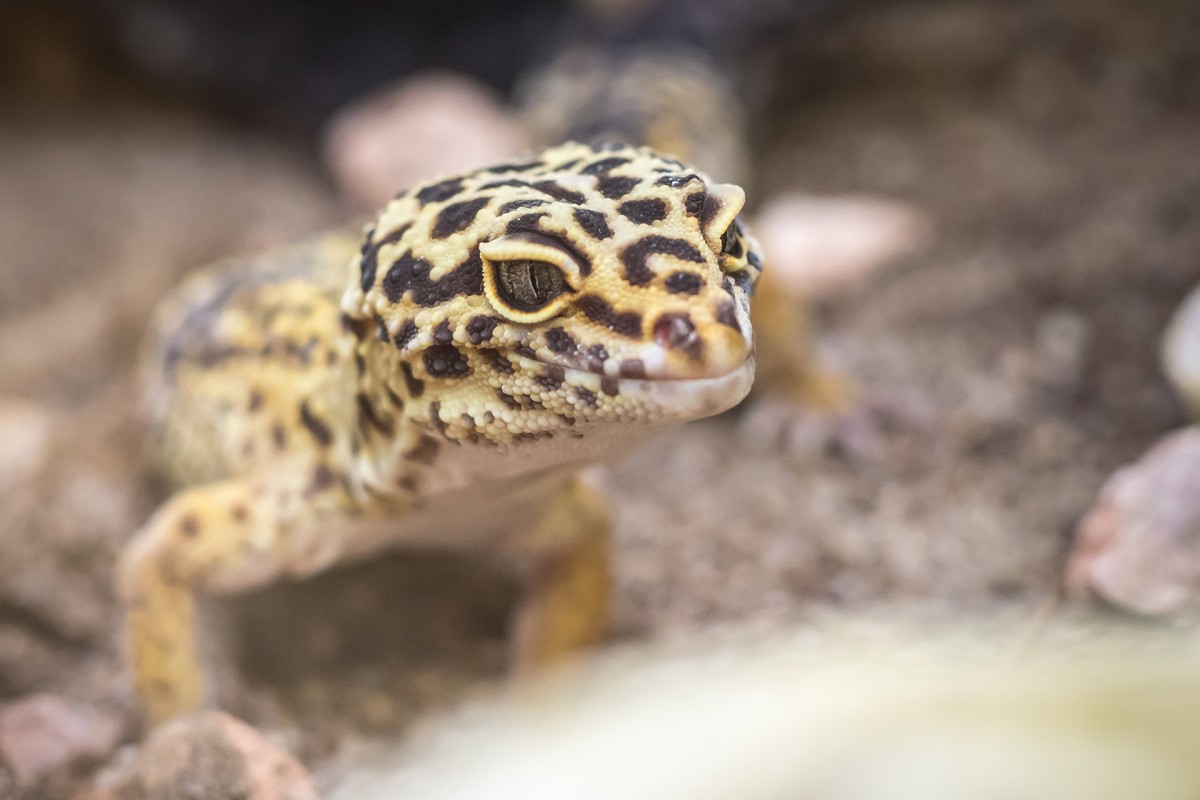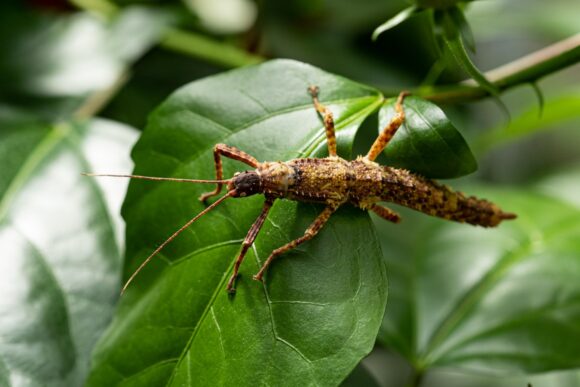The collection of the Civisváros institution is constantly growing with new inhabitants, including many species that have never been kept before. This is especially true of the Palm House, which showcases exotic flora and fauna and has recently been expanded with additional specialties following the arrival of several colorful arrow poison frog species, giant migratory leaves in disguise, imperial scorpions commanding authority and severely endangered African perch.
For the first time in Debrecen, there is an endemic blue bamboo gecko (Phelsuma klemmeri) on the island of Madagascar, which is interesting only in forests where bamboo also grows, as it typically seeks shelter and egg-laying space on its stems. It is on the Red List of the World Conservation Union (IUCN) and is endangered due to its small distribution covering only two separate forests and human activities threatening its habitat. It is a real zoo curiosity in Hungary, as two young individuals from Lodz, Poland, reared behind the scenes for the time being, were not kept in any of the institutions.
The good news for those who like to find an animal is a playful task in itself, that after a few years they may encounter bark-mimicking locusts (Eurycantha calcarata) again during their visit to the palm house. As the name suggests, this rodent species, native to the Australian archipelago, resembles the bark of trees with its color and special pattern ranging from pale green to dark brown.
The newcomers also include two leopard geckos (Eublepharis macularius) who came from the Warsaw Zoo to their peers in the Palm House. Due to the easy keeping of the native species and its spectacular panther pattern, it is a popular hobby animal in the rocky and semi-desert regions of Central Asia, and its breeding has resulted in countless color variations.
zoodebrecen.hu



















